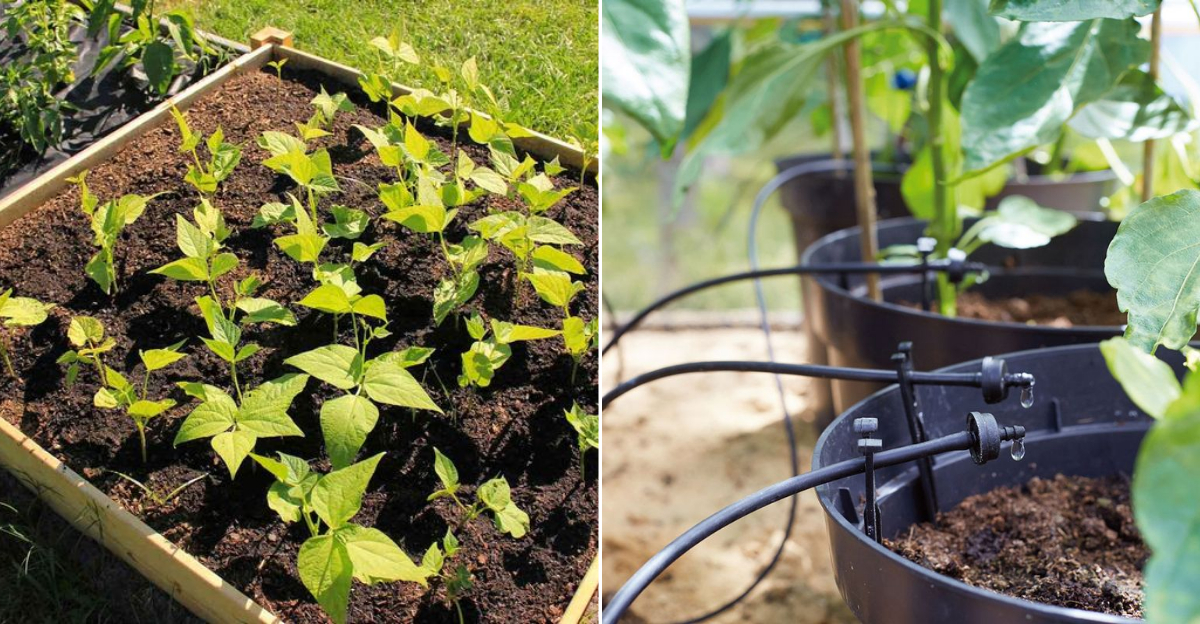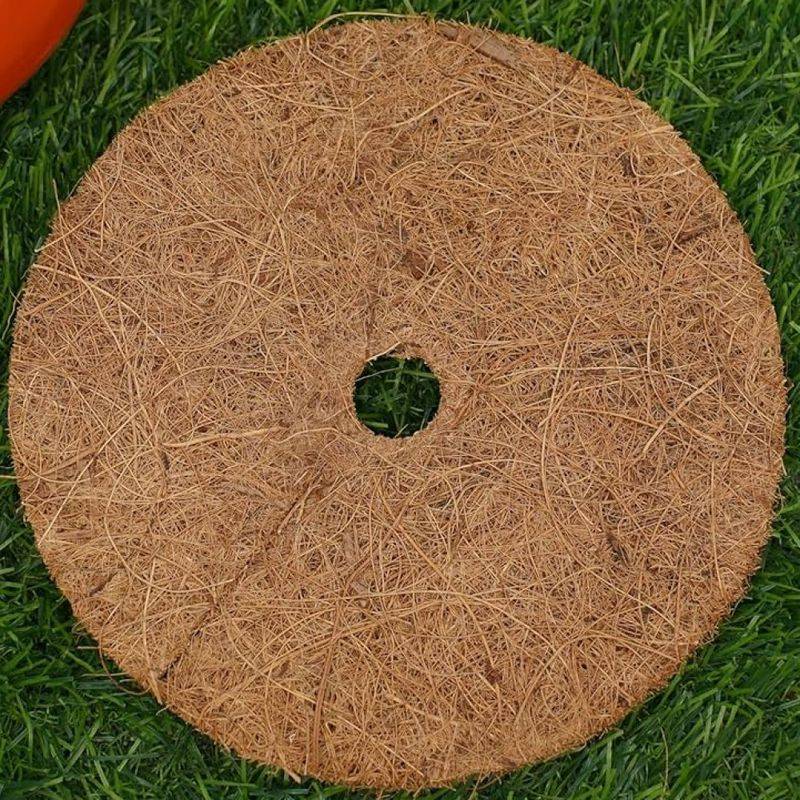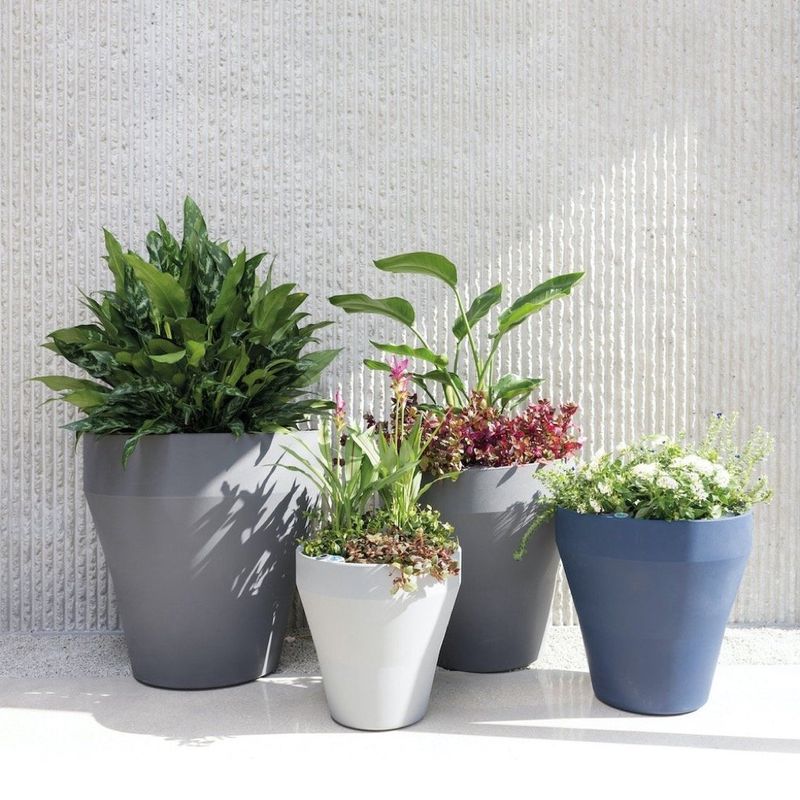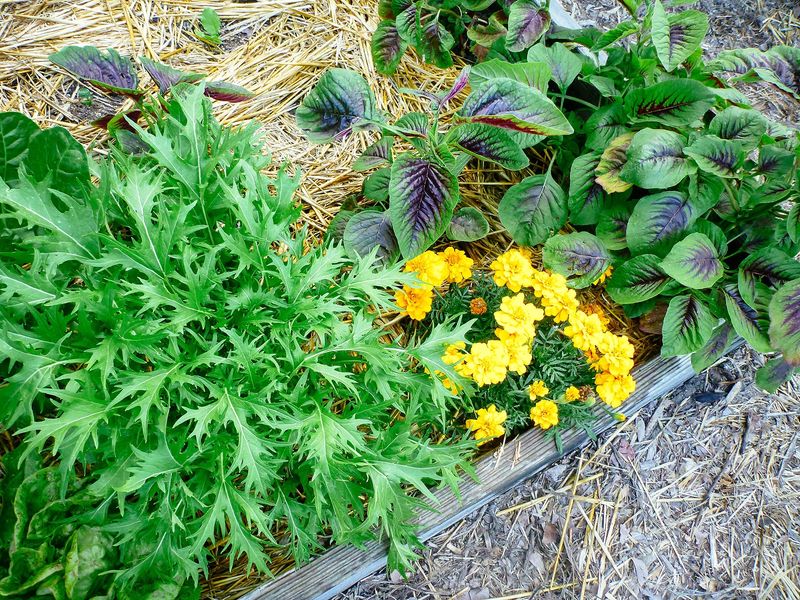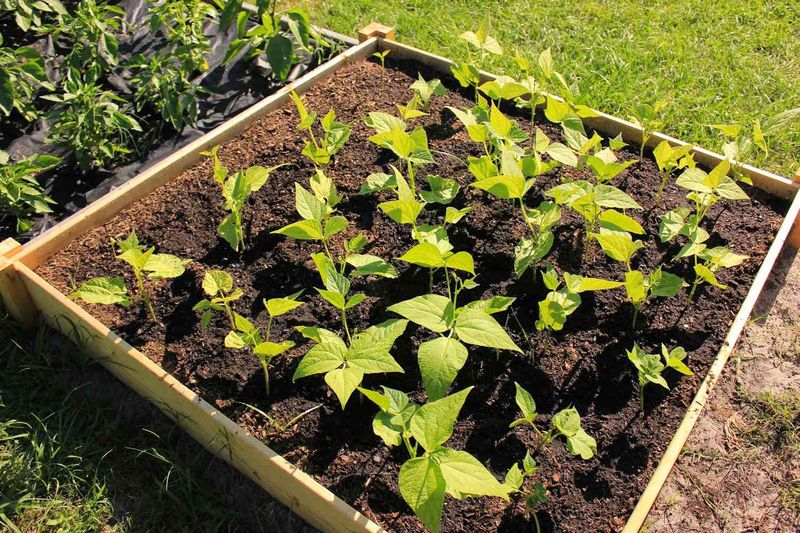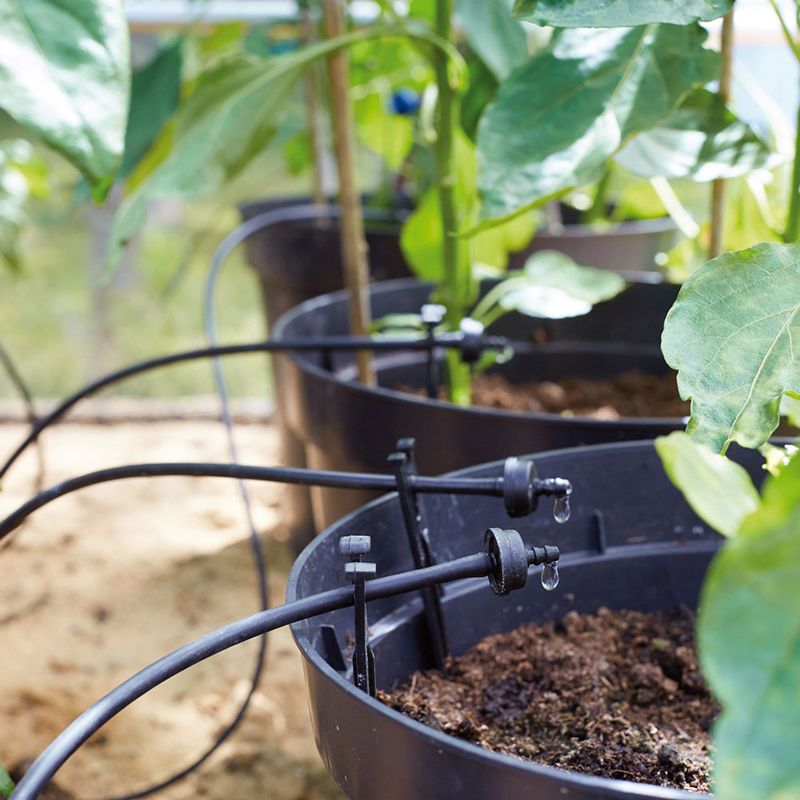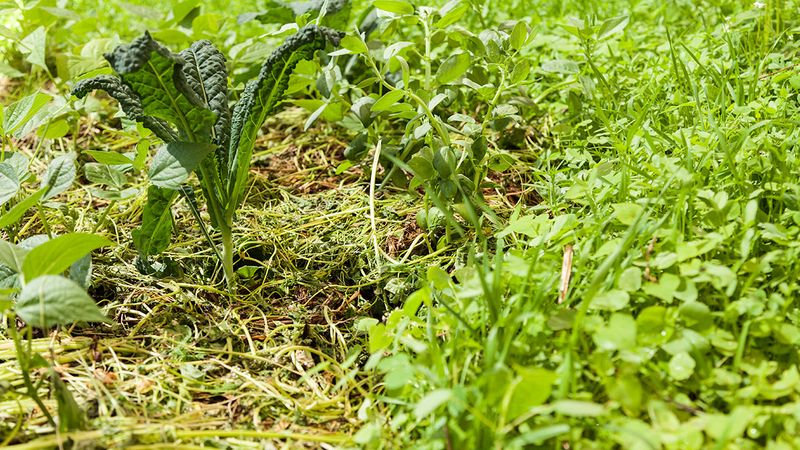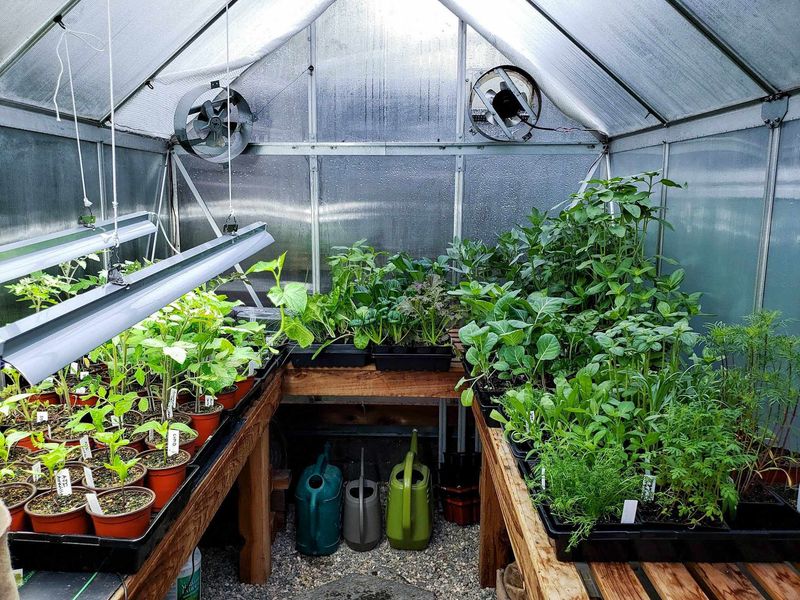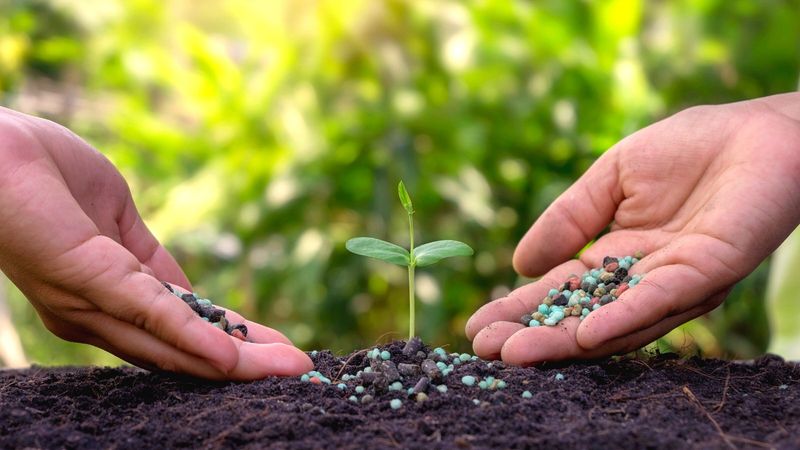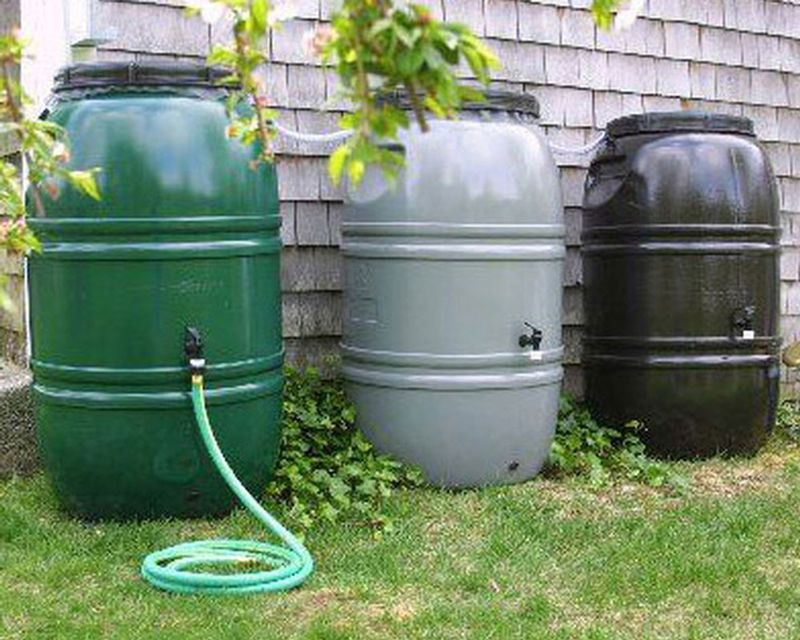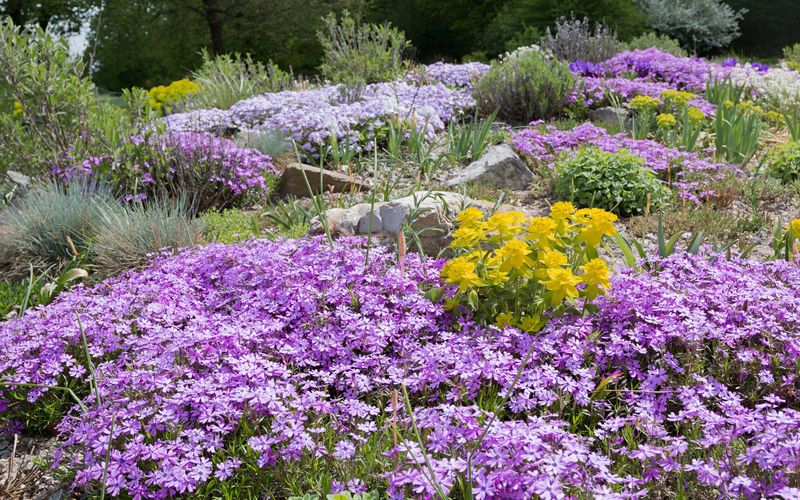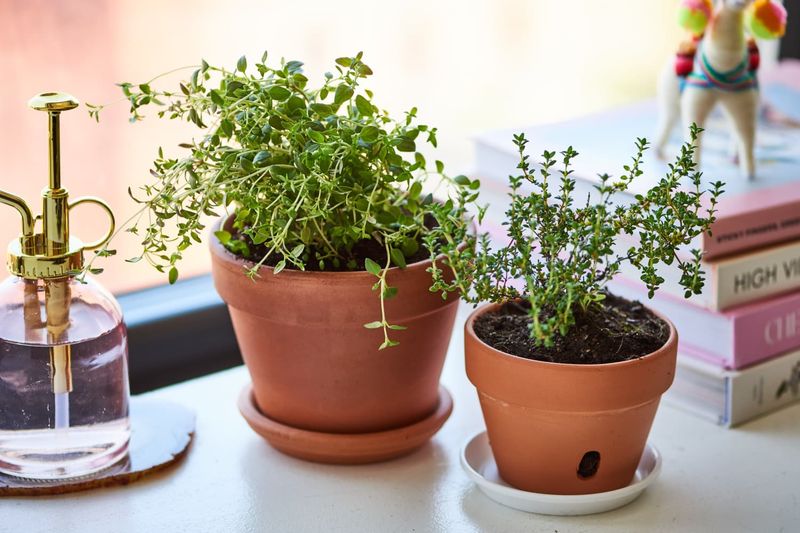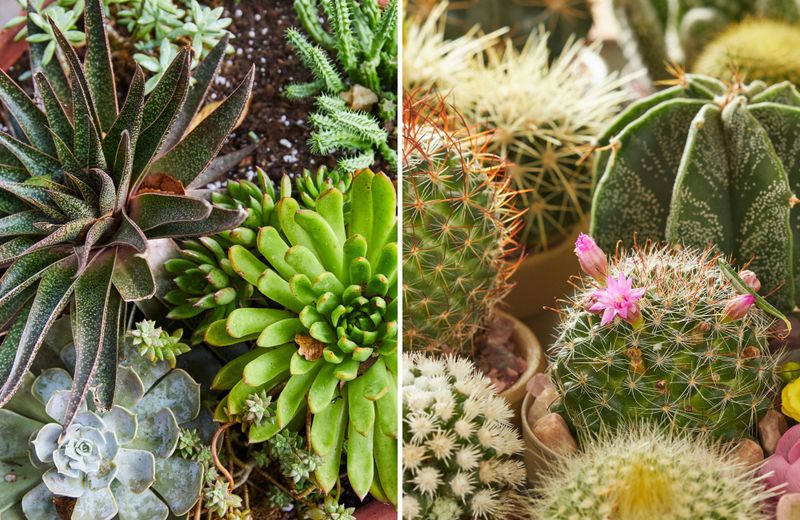Gardening doesn’t have to be a tiresome task. With these 15 genius lazy gardening hacks, you can enjoy a thriving garden without breaking a sweat.
Perfect for the busy or laid-back gardener, these tips will help you maximize your garden’s potential with minimal effort.
1. Use Mulch Mats
Mulch mats are a gardener’s best friend when it comes to lazy gardening. These handy mats suppress weeds, retain moisture, and regulate soil temperature, meaning less watering and weeding for you.
Simply lay them around your plants, and watch them thrive without constant attention. Available in various materials, these mats are easy to install and eco-friendly. They not only keep your garden neat but also improve soil health by decomposing over time.
By incorporating mulch mats, you’ll enjoy the vibrant growth of your garden with minimal maintenance, making them a smart choice for any gardener.
2. Self-Watering Planters
Self-watering planters are perfect for the gardener who wants to set it and forget it. These planters have a water reservoir at the bottom, ensuring your plants get the moisture they need without daily watering.
Ideal for busy schedules, they prevent over-watering and help maintain optimal soil conditions. These planters come in various sizes and designs, fitting seamlessly into any garden space.
By using self-watering planters, you can ensure your plants thrive while freeing up time for other activities, making gardening a more leisurely and enjoyable experience.
3. Grow Companion Plants
Companion planting is a clever strategy that involves growing plants together that benefit each other. By doing so, you can reduce pests and enhance growth without chemical interventions.
For instance, planting marigolds near tomatoes can deter nematodes. This technique not only minimizes pest problems but also promotes a healthy ecosystem in your garden. Companion planting is an efficient way to meet your plants’ needs naturally.
By strategically pairing plants, you create a symbiotic environment, making your garden flourish with less effort and intervention.
4. Use Raised Beds
Raised beds are a simple yet effective lazy gardening hack. They provide excellent drainage, reduce soil compaction, and make gardening easier on your back. By elevating your plants, you can control soil conditions more effectively.
These beds warm up quicker in spring, extending the growing season. They minimize the need for heavy digging or tilling, and you can create them using various materials like wood or metal.
Raised beds allow for a more organized and efficient gardening experience, making it easier to manage and enjoy your spring garden.
5. Automated Drip Irrigation
Automated drip irrigation systems are a game-changer for lazy gardeners. They deliver water directly to the plant roots, reducing evaporation and ensuring efficient water usage.
By setting timers, you can automate your watering schedule, saving both time and effort. These systems are easy to install and customizable to fit any garden layout. They ensure your plants receive consistent hydration without your daily input.
With automated drip irrigation, you can maintain a healthy garden with minimal manual watering, allowing you to relax and enjoy the fruits of your labor.
6. Grow Cover Crops
Cover crops are a great lazy gardening strategy for enriching soil without much effort. Plants like clover or vetch add nutrients, improve soil structure, and suppress weeds during the off-season.
These crops are easy to plant and require little maintenance, making them ideal for busy gardeners. As they decompose, they enhance soil fertility, preparing your garden for the next planting season.
By incorporating cover crops, you can enjoy better yields and healthier soil with minimal work, ensuring your spring garden thrives naturally and effortlessly.
7. Use Perennials
Perennials are perfect for lazy gardeners as they return year after year with minimal replanting. These resilient plants offer long-lasting beauty and low maintenance. Once established, perennials require less watering and care compared to annuals.
They enhance your garden’s aesthetic appeal with varying textures and colors.
By choosing perennials, you enjoy a dynamic and evolving garden that requires minimal intervention, allowing you to focus on other gardening aspects or simply sit back and enjoy the view.
8. Mulch with Grass Clippings
Grass clippings make an excellent, free mulch option for lazy gardeners. By leaving them in your garden, you suppress weeds, retain moisture, and add nutrients back into the soil.
Simply spread the clippings around your plants after mowing, and let them work their magic. They decompose quickly, feeding your soil naturally. This eco-friendly approach reduces the need for synthetic fertilizers and keeps your garden healthy.
Using grass clippings as mulch is an easy and sustainable way to maintain a lush garden with less effort.
9. Install a Greenhouse
A greenhouse is a fantastic addition for lazy gardeners wanting to extend their growing season. It provides a controlled environment, protecting plants from harsh weather and pests. This structure allows you to start seeds early and grow delicate plants with ease.
Greenhouses minimize the need for constant monitoring and adjusting to weather changes.
By investing in a greenhouse, you create a stable haven for your plants, reducing the time spent on plant care and allowing for a more leisurely gardening experience.
10. Use Slow-Release Fertilizers
Slow-release fertilizers are a lazy gardener’s dream. They provide nutrients over an extended period, reducing the need for frequent feeding. By applying them once, you ensure your plants receive a steady supply of essential nutrients.
These fertilizers come in various forms and are easy to apply. They promote healthy growth and prevent nutrient deficiencies without constant maintenance.
By using slow-release fertilizers, you can enjoy a thriving garden with less effort and more time to relax and enjoy the beauty of your outdoor space.
11. Install a Rain Barrel
A rain barrel is an excellent addition to any lazy gardener’s toolkit. It collects and stores rainwater, providing a free and sustainable water source for your garden. Using a rain barrel reduces your reliance on tap water and lowers your water bill.
The collected water is ideal for plants as it’s free of chemicals. Installing a rain barrel is simple and pays off by ensuring your garden remains hydrated without manual watering, making gardening more environmentally friendly and cost-effective.
12. Use Ground Covers
Ground covers are perfect for the gardener looking to minimize weeding and maintenance. These low-growing plants spread quickly, suppressing weeds and reducing the need for constant care.
They add texture and color to your garden, creating a beautiful and low-maintenance landscape. Ground covers require minimal watering once established, making them ideal for busy gardeners.
By incorporating ground covers, you can enjoy a vibrant and effortless garden that stays healthy and weed-free.
13. Grow Herbs in Containers
Growing herbs in containers is a lazy gardener’s delight. Containers allow you to control soil conditions and make gardening more accessible. With containers, you can easily move your herbs to catch the best sun.
This method reduces pest issues and makes harvesting convenient. Herbs like basil, mint, or rosemary thrive in containers and add fresh flavors to your meals.
By growing herbs in containers, you create a manageable and rewarding garden space that requires minimal effort yet delivers maximum enjoyment.
14. Use Succulents and Cacti
Succulents and cacti are ideal for lazy gardeners due to their low water needs and resilience. These hardy plants thrive in sunny spots and require minimal care. Their unique shapes and vibrant colors add an exotic touch to your garden.
By choosing succulents and cacti, you reduce the time spent on watering and maintenance, allowing you to enjoy a dynamic and interesting plant collection with ease.
They offer beauty and diversity to your garden without the usual gardening chores.
15. Create a Wildlife Habitat
Creating a wildlife habitat enhances your garden’s ecosystem with minimal effort. By adding native plants, birdhouses, and water features, you attract beneficial wildlife that helps with pest control.
This approach reduces the need for chemical interventions and promotes biodiversity. A wildlife-friendly garden is both beautiful and functional, providing a natural balance.
By embracing this lazy gardening hack, you contribute to the environment and enjoy a thriving garden with the soothing presence of wildlife, creating a peaceful retreat right at home.
